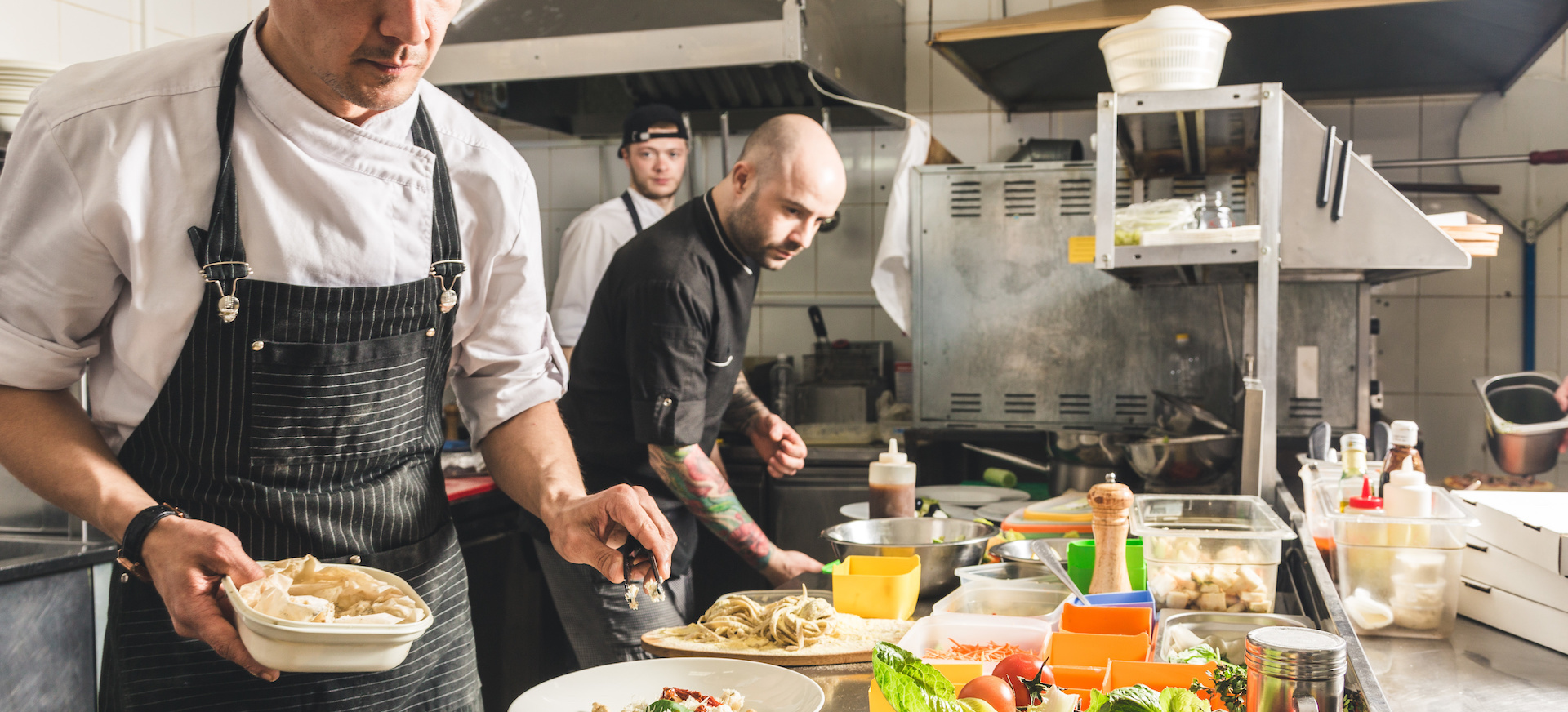
Ensuring food safety is essential to protect yourself and your loved ones from foodborne illnesses. Whether you are cooking at home, eating out, or purchasing food from a grocery store, following proper food safety practices is crucial. In this ultimate guide, we will cover everything you need to know to maintain food safety and prevent foodborne illnesses.
Understanding Food Safety
Food safety refers to the handling, preparation, and storage of food in a way that prevents foodborne illnesses. By following proper food safety practices, you can reduce the risk of contamination and ensure that the food you consume is safe to eat.
Key Principles of Food Safety
- Keep clean: Wash your hands and food preparation surfaces often to prevent the spread of bacteria.
- Separate raw and cooked foods: Use separate cutting boards and utensils for raw and cooked foods to avoid cross-contamination.
- Cook food thoroughly: Make sure to cook food to the right temperature to kill harmful bacteria.
- Keep food at safe temperatures: Refrigerate perishable foods promptly and avoid leaving cooked food at room temperature for too long.
- Use safe water and raw materials: Make sure to use safe water for cooking and choose fresh, high-quality ingredients.
Safe Food Handling Practices
Proper food handling is crucial to prevent foodborne illnesses. By following these safe food handling practices, you can reduce the risk of contamination and ensure the safety of the food you prepare and consume.
Food Storage
- Store perishable foods in the refrigerator at 40°F or below to slow the growth of bacteria.
- Use airtight containers to store leftovers and prevent cross-contamination.
- Check expiration dates on packaged foods and discard any that are expired.
Food Preparation
- Wash fruits and vegetables thoroughly before eating or cooking.
- Avoid cross-contamination by using separate cutting boards and utensils for raw and cooked foods.
- Cook foods to their recommended internal temperature to kill harmful bacteria.
Food Service
- Keep hot foods hot (140°F or above) and cold foods cold (40°F or below) to prevent bacterial growth.
- Refrigerate leftovers promptly and consume them within a few days.
- Wash hands frequently when handling food, especially after touching raw meat, poultry, or seafood.
Common Food Safety Mistakes to Avoid
Despite our best efforts, we may unknowingly make mistakes that compromise food safety. By being aware of common food safety mistakes, we can take steps to avoid them and protect ourselves from foodborne illnesses.
Common Food Safety Mistakes
- Thawing food on the counter: Thawing food at room temperature allows bacteria to multiply rapidly.
- Tasting food to check if it's still good: Eating food that has gone bad can lead to food poisoning.
- Not washing hands before and after handling food: Proper hand hygiene is crucial to prevent the spread of bacteria.
- Using the same cutting board for raw and cooked foods: Cross-contamination can occur when raw meat juices come into contact with ready-to-eat foods.
Food Safety Resources and Guidelines
Various organizations provide resources and guidelines to promote food safety and educate the public on best practices. By referring to these resources, you can stay informed about the latest food safety recommendations and ensure the safety of the food you handle and consume.
Food Safety Organizations
- Food and Drug Administration (FDA)
- Centers for Disease Control and Prevention (CDC)
- World Health Organization (WHO)
Food Safety Guidelines
- USDA Food Safety and Inspection Service
- Food Safety and Hygiene Guidelines for the Food Service Industry
- Food Safety Education – Partnership for Food Safety Education
Conclusion
Food safety is a critical aspect of maintaining good health and well-being. By understanding the principles of food safety, following safe food handling practices, and being aware of common mistakes to avoid, you can protect yourself and your family from foodborne illnesses. Stay informed about food safety guidelines and resources to ensure that the food you consume is safe and free from contamination.